Of course, you can just whack your stock with just about any hard objects; I bet even a carpenter’s hammer owned by your late grandfather can do the job. However, not using the right hammer can be tedious and brutal to your elbows and you know for a fact that there’s no fun to an aching body after a tiring day at a workshop.
So for today, let’s get to know some of the most common types of hammers and their uses. Please keep on reading below.
More...
Related Articles:
Common Hammers
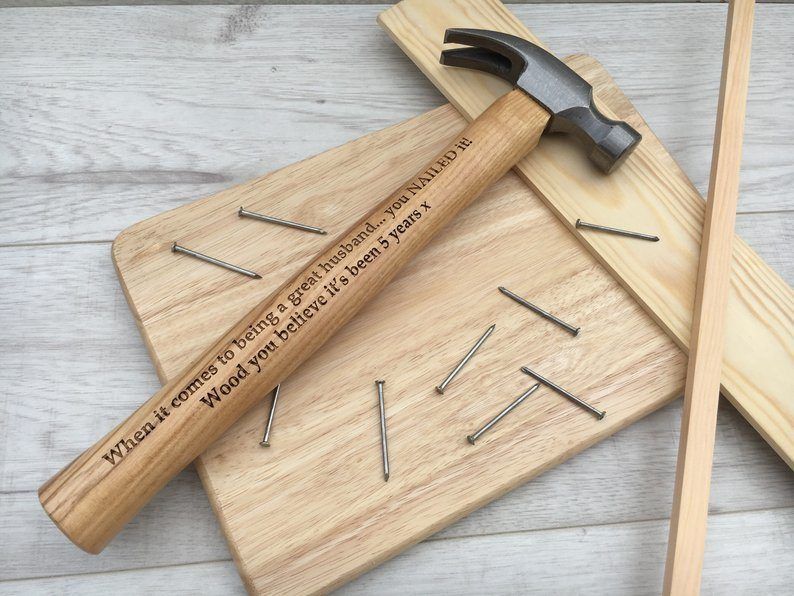
1. Ball Peen Hammer
A Ball Peen Hammer is often referred to as machinist's hammer and it’s the perfect choice if you will be working with metal. It has tough and durable steel head so it will less likely chip on impact. It was made to be used for striking, bending and shaping metal materials as well as to drive cold chisels and set rivets.
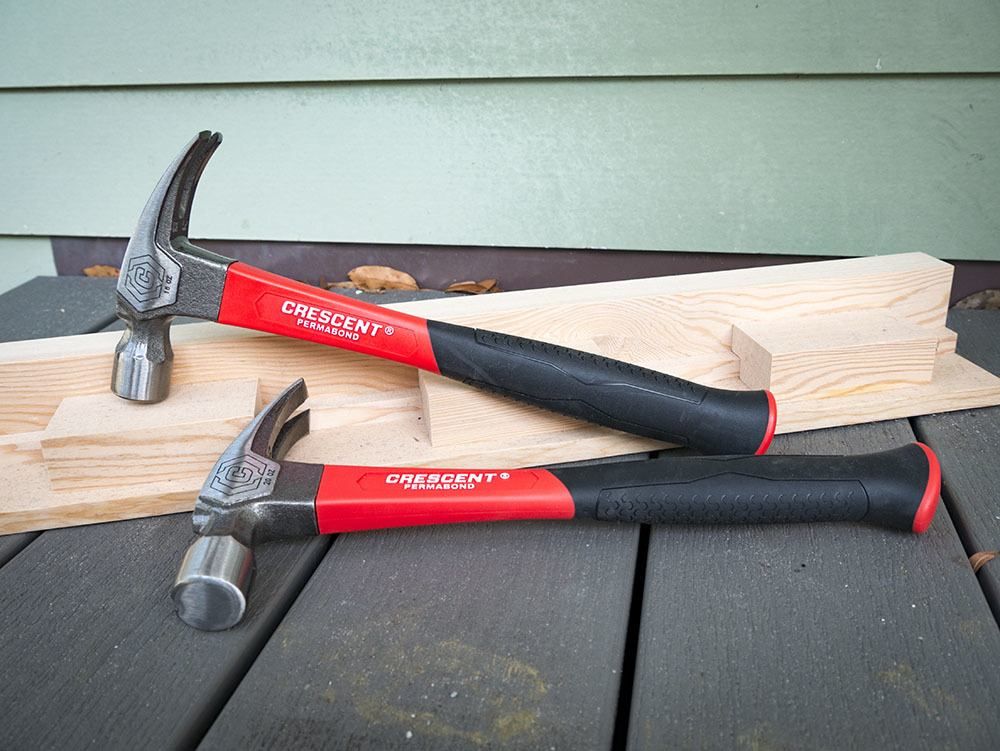
2. Claw Hammer
A claw hammer is composed of a steel head and a handle. It’s commonly used for day-to-day purposes and for construction projects, which main function is to pound or to extract nails from wood. One side of the hammer head is flat which you can use to pound nails while the other side has a claw that can be used to extract nails out of surfaces.
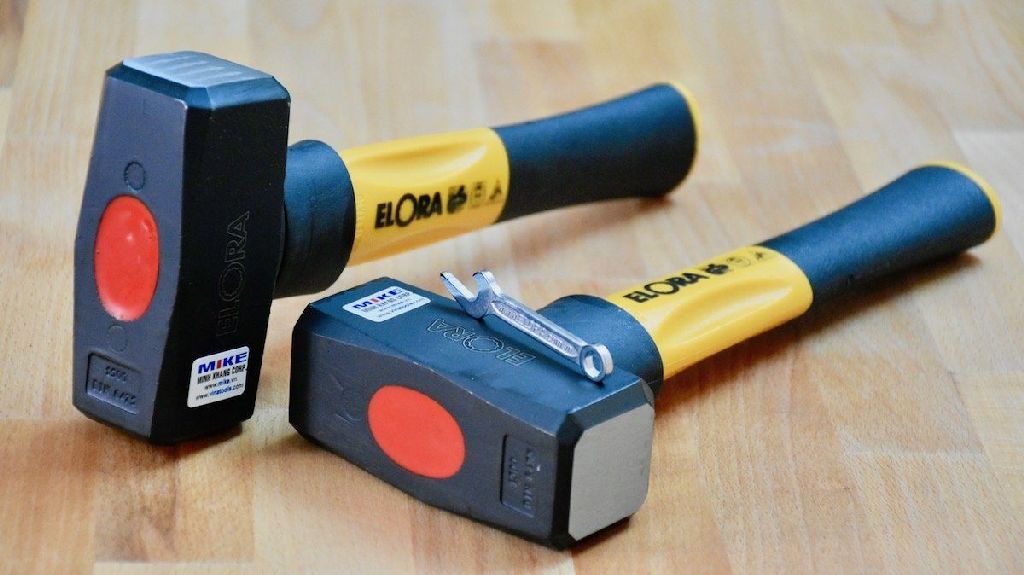
3. Club Hammer
Club or lump hammer is often used to drive masonry nails, bash things up in light demolition work or with a steel chisel when you have to cut metal or stone. It weighs two to four pounds which is enough to drive a chisel more deeply into the material being cut that can’t be done with lighter hammers.
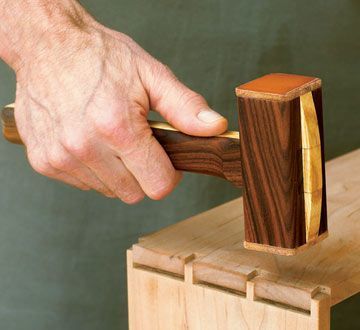
4. Dead Blow Hammer
You might mistake Dead Blow Hammer as a mallet as it really looks like one but it’s make function is to absorb tremors that occur as you strike your hammer. This is a useful tool since it can prevent damages to soft surface at the same time reduce amount of rebound and improve the hammer’s striking force.
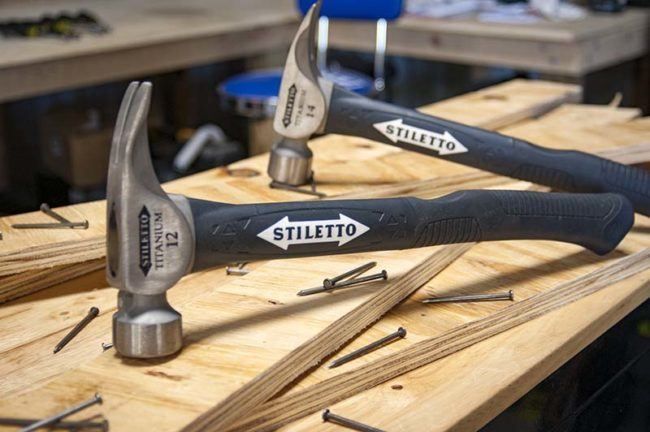
5. Framing Hammer
Well, just as its name says, a framing hammer is used for framing wooden houses or when putting up foundation of whatever you are constructing. It looks like your regular claw hammer except that it is longer so it can provide more leverage and it is heavier to give you more inertia when driving nails.
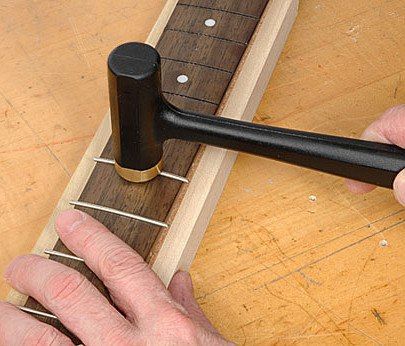
6. Rubber Mallet
A rubber mallet is ideal for several various jobs. They are also much cheaper and even lighter than metal mallets, making them everyone’s favorite and is much safer to use. Its common uses includes evening out dents in metal since they won’t leave any marks. They can also be used to force tight fitting parts together in construction.
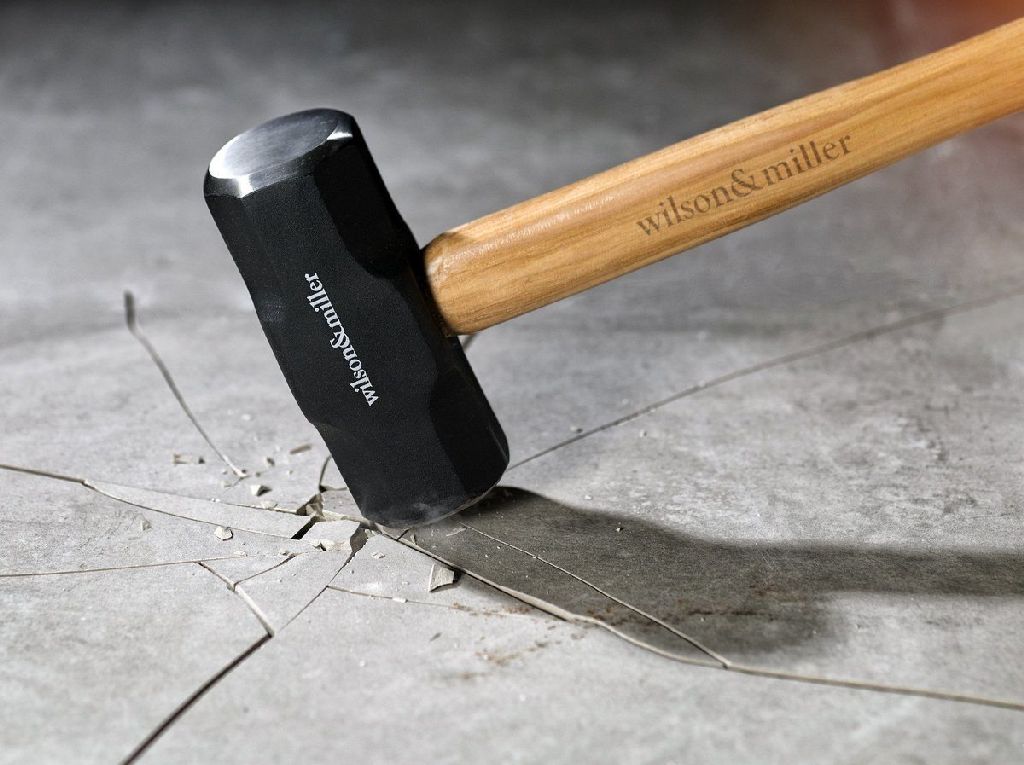
7. Sledge Hammer
Sledge Hammers have been widely used for centuries already and it does pretty well in accomplishing heavier jobs like driving in stakes or breaking up concrete, masonry or stone. It is used by swinging the hammer like an axe so it is highly recommended that you wear appropriate protective clothing as well as safety glasses.
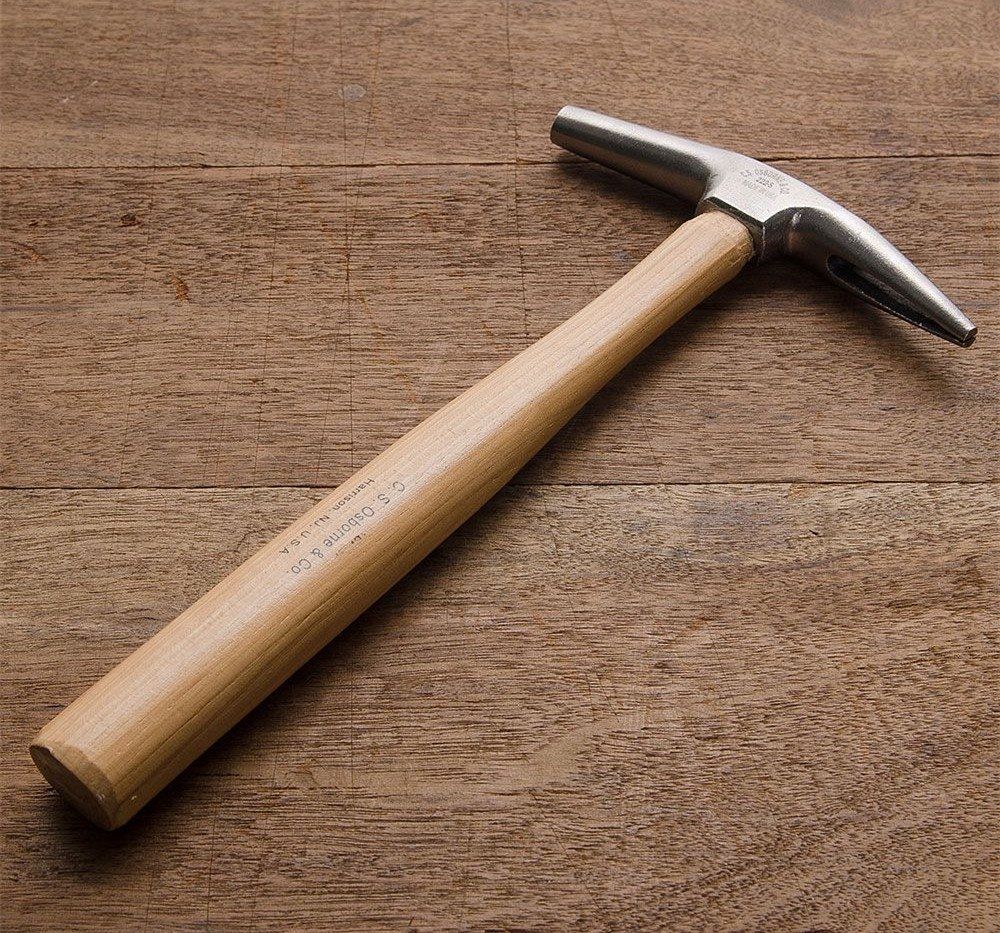
8. Tack Hammer
Tack hammer or an upholstery hammer is a small tool that is used to attach upholstery to the furniture’s frame. Generally, it comes with one magnetized or slotted head used to strike upholstery tacks and then you can switch from round to normal head so you can fully drive the nail.
Specialty Hammers
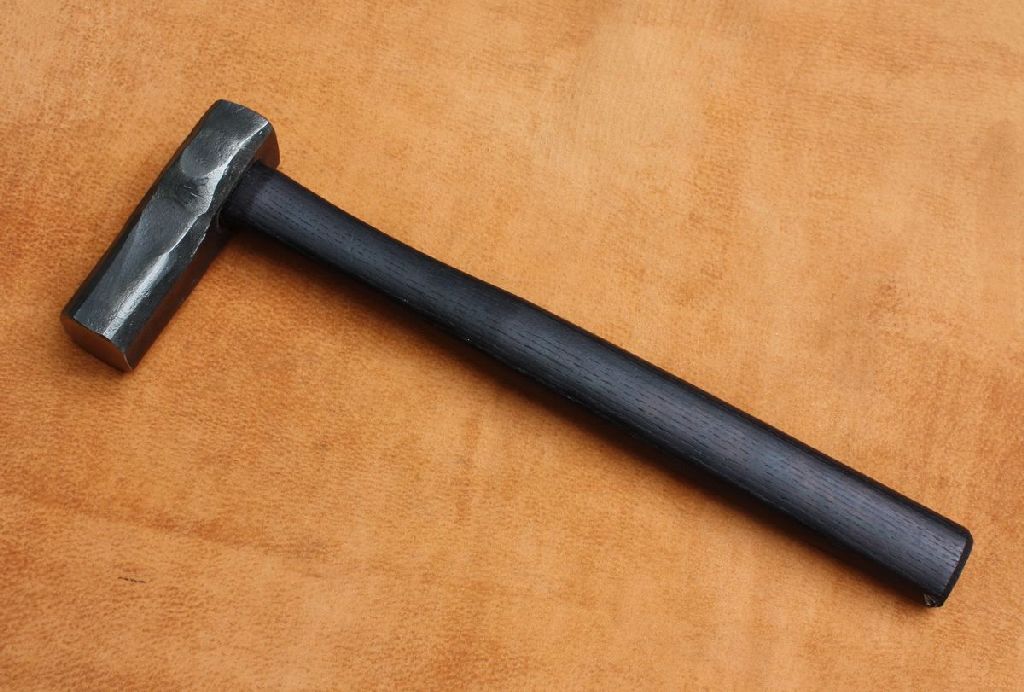
1. Blacksmith Hammer
Blacksmiths have their own preferences when it comes to hammers; especially that it is their most important piece. Blacksmith hammer has a head the same with sledge hammer and has a bit tapered and rounded head for its second head. Its main purpose is to shape white-hot steel against an anvil.
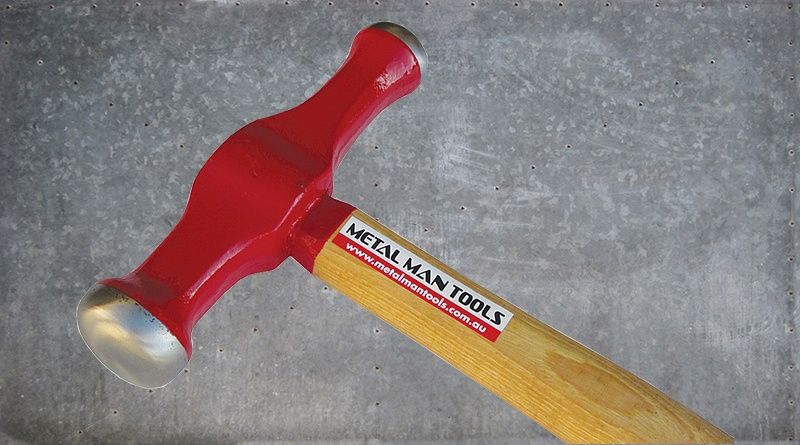
2. Blocking Hammer
This is a heavy-duty hammer that is used to shape sheet metal that way you want it to look before it settles down into a flattened state. In general, a blocking hammer is used to leave neat, blemish-free metal surfaces. This is why it is commonly found in a metal shop for metal-work on steel and aluminum based projects.
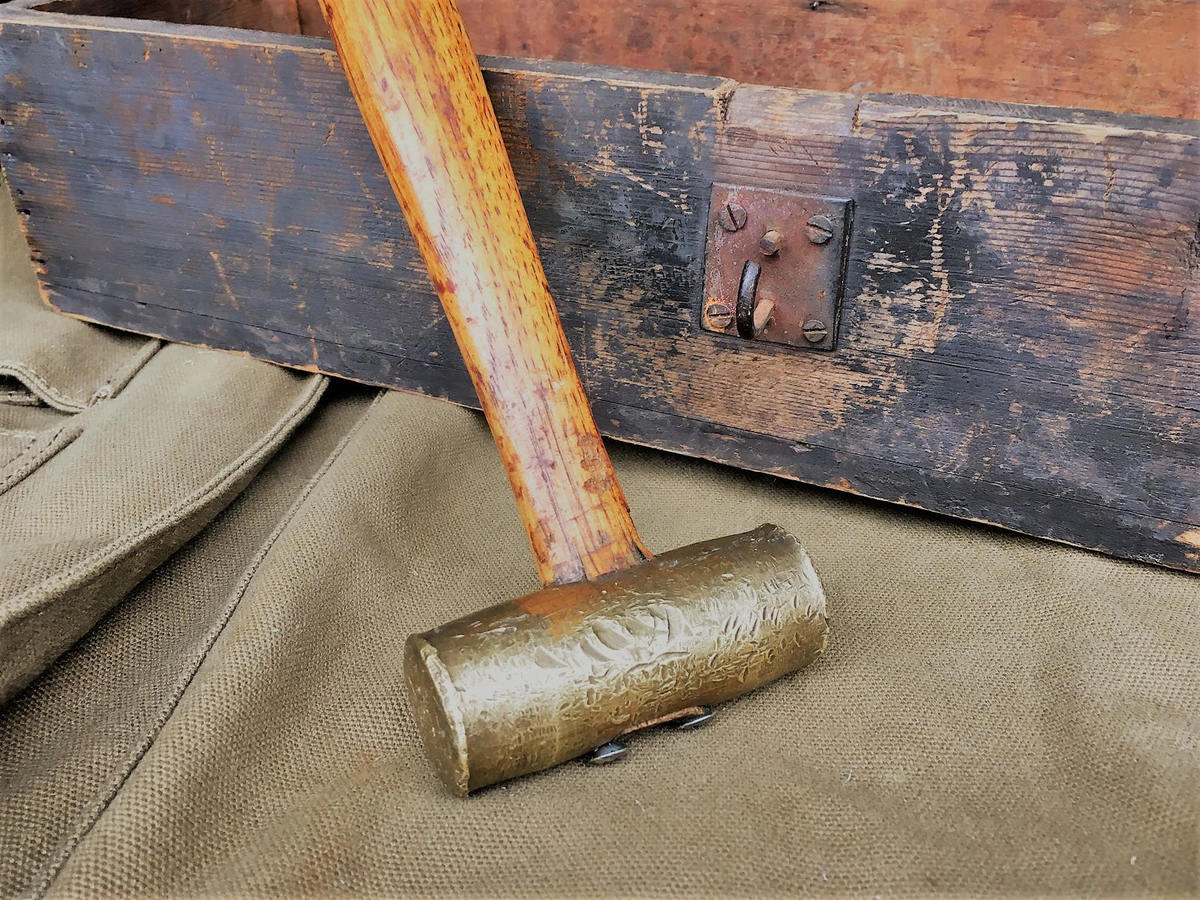
3. Brass Hammer
As its name suggests, it comes with a brass cylindrical double head that is ideal for hammering steel pins into various materials without causing damage to the surrounding area. It is commonly used in a range of different scenarios but is most useful in the traditional woodwork shops as well as the automotive industry.
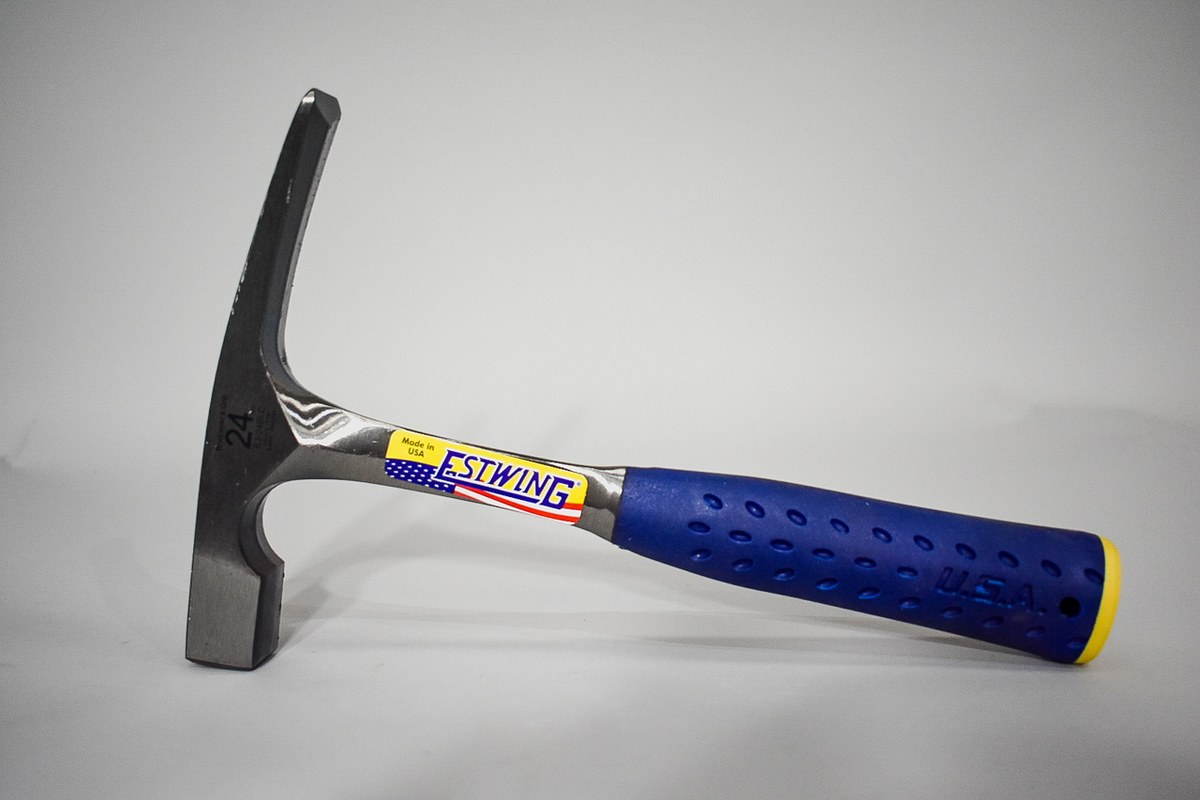
4. Brick Hammer
Brick hammer is also called a stonemason’s hammer and is apparently used in masonry. It has flat face head that can be used in breaking the stones while its chisel shape face can be used to get rid of uneven chips from the material’s surface.
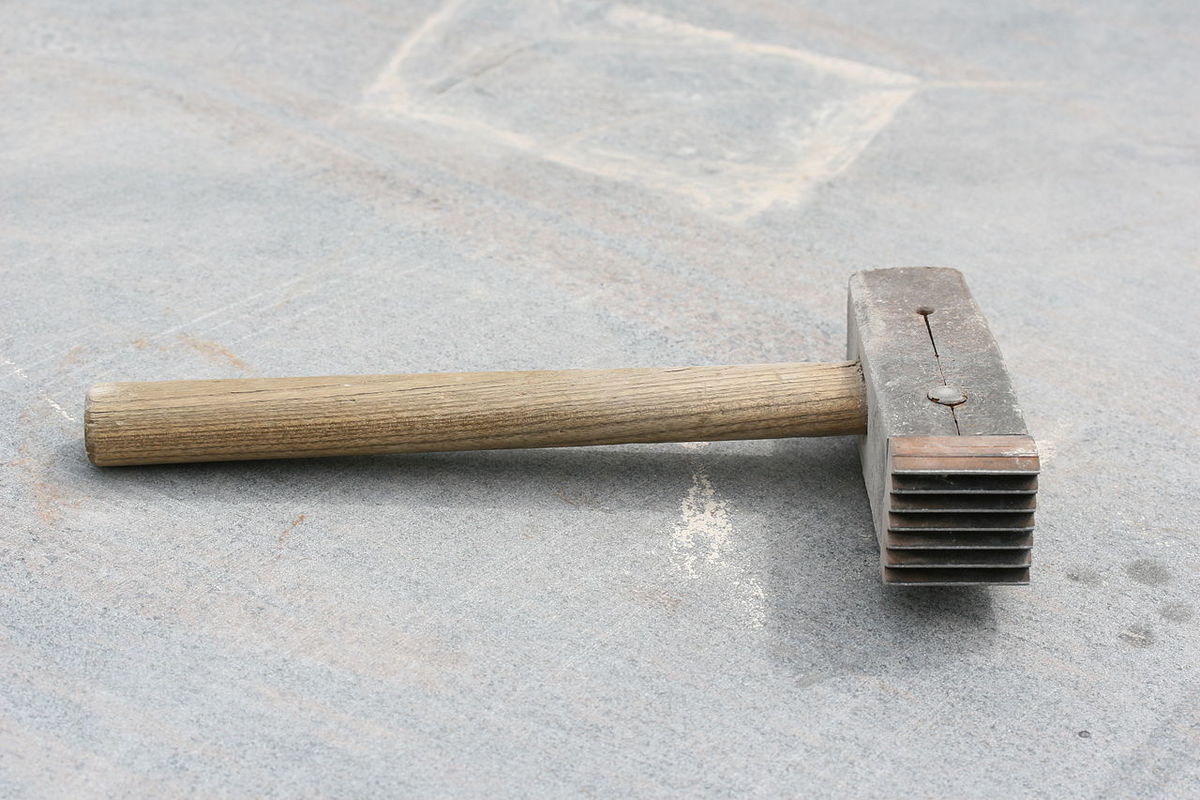
5. Bushing Hammer
Bushing hammer is intended for masonry work like adding texture to hardscaping but it comes in various shapes and forms. There are handheld bushing hammer while others are electric and bulky. It has been designed with pyramid points on the tip of the metal slog that can form rough impacts against texture to produce something that looks like weathered rock.
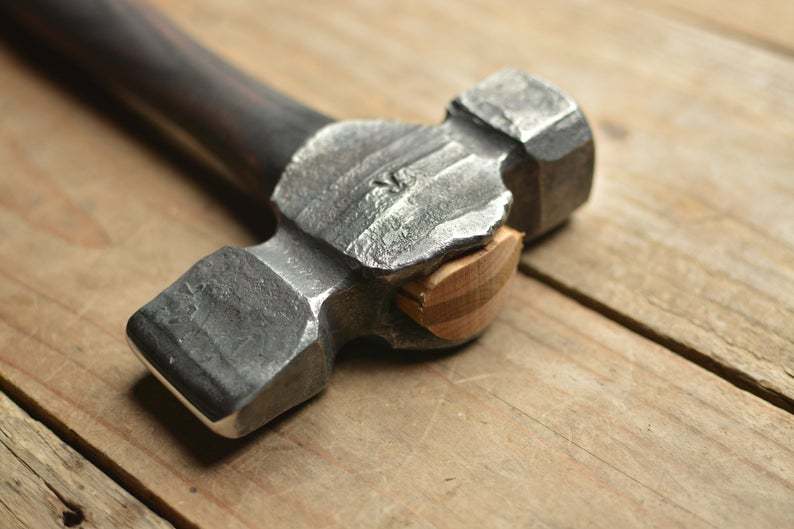
6. Cross and Straight Peen Hammer
This is almost the same with ball peen hammer which is mostly used in shaping metal but instead it has wedge-shaped peens rather than round ones and the peen of this hammer is perpendicular to the handle. It is used to drive nails without the fear that you might whack your fingers as you’re holding the nail.
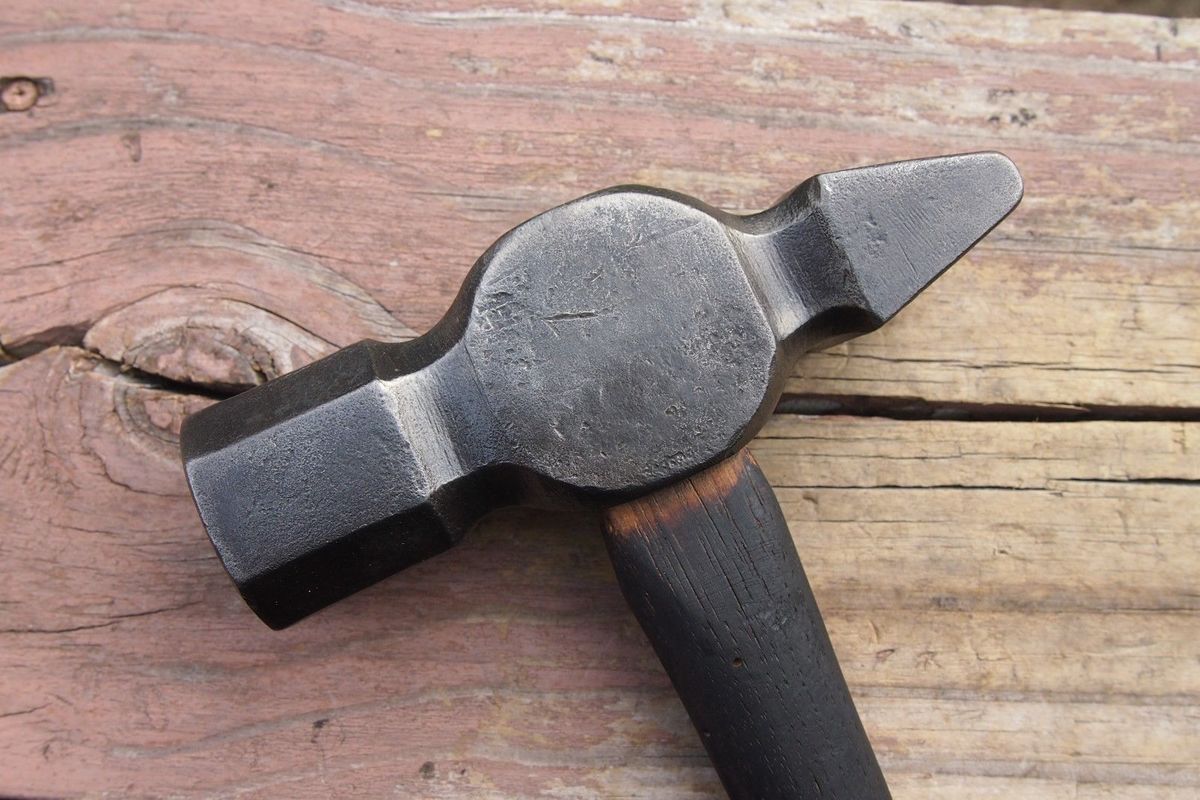
7. Cross Peen Pin Hammer
This is the lighter version of Cross Peen Hammer and is also mostly used for metal work. You will commonly find this in a blacksmith’s tool as it make the metal fuller when being used with heat. Though homeowners also use this for light joinery or cabinet work.
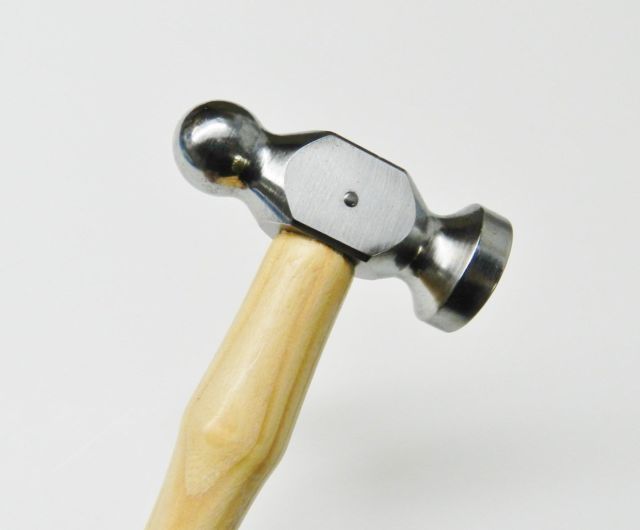
8. Chasing Hammer
This is a lightweight hammer with a head that is very large and flat face, making it easy to hit the back of a chasing punch even if you are not paying too much attention to it. It is mostly used to strike chasing tools or planishing metal. Its handle is also designed to allow some bounce-back with every strike for better control.
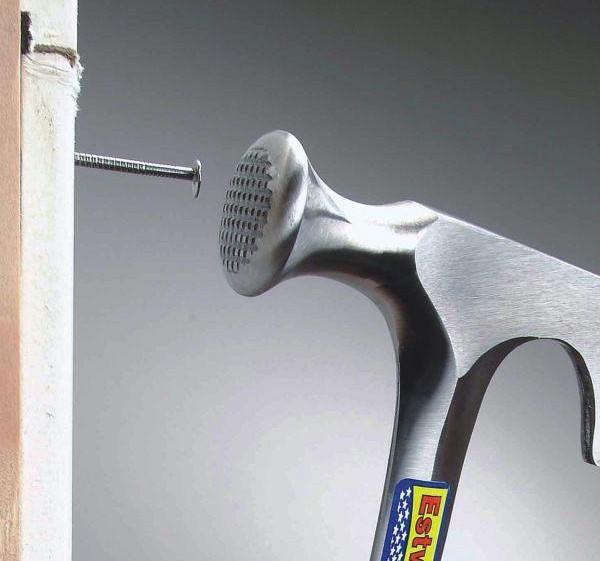
9. Drywall Hammer
A dry wall hammer is composed of a small hatchet on one side of the head and a hammer face on the other side. You can use the hatchet to cut plasterboard for funnels and create various gaps or opening in the plasterboard.
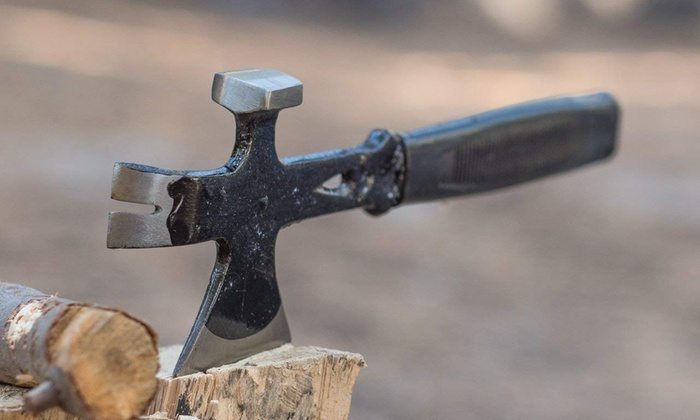
10. Hatchet Hammer
This is one of the most unique types of hammer. You will not find a peen on it but rather an axe blade. It’s commonly used for various tasks and is always recommended to be included in your survival and emergency toolkits.
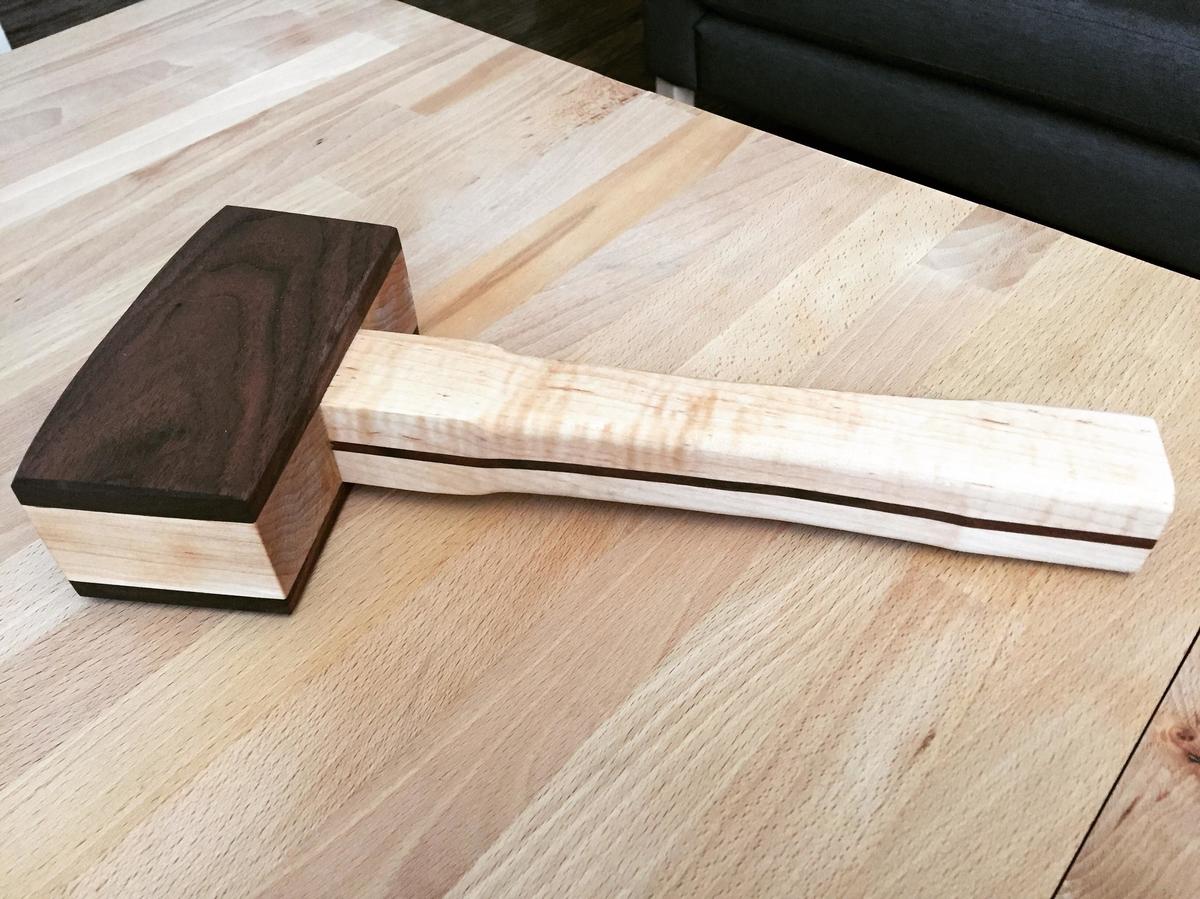
11. Joiner’s Mallet
Joiner’s Mallet is commonly used by both joiners and carpenters to join two pieces of wood together. This mallet does not cause damage to the wood’s surface that is being joined since it uses a solid block wood as its driver. Other uses of this hammer is to knock dowels and to drive a chisel.
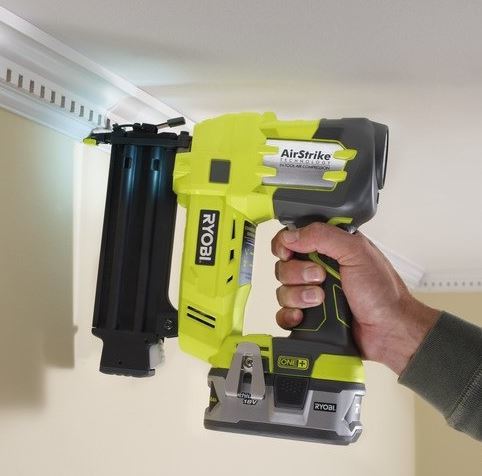
12. Nail Gun
Though technically this not a hammer but it performs the same main function of a claw or a framing hammer. best nail gun is capable of driving nails into a wood as well as other material this is why it can be commonly found on most construction shows where multiple nails have to be driven.
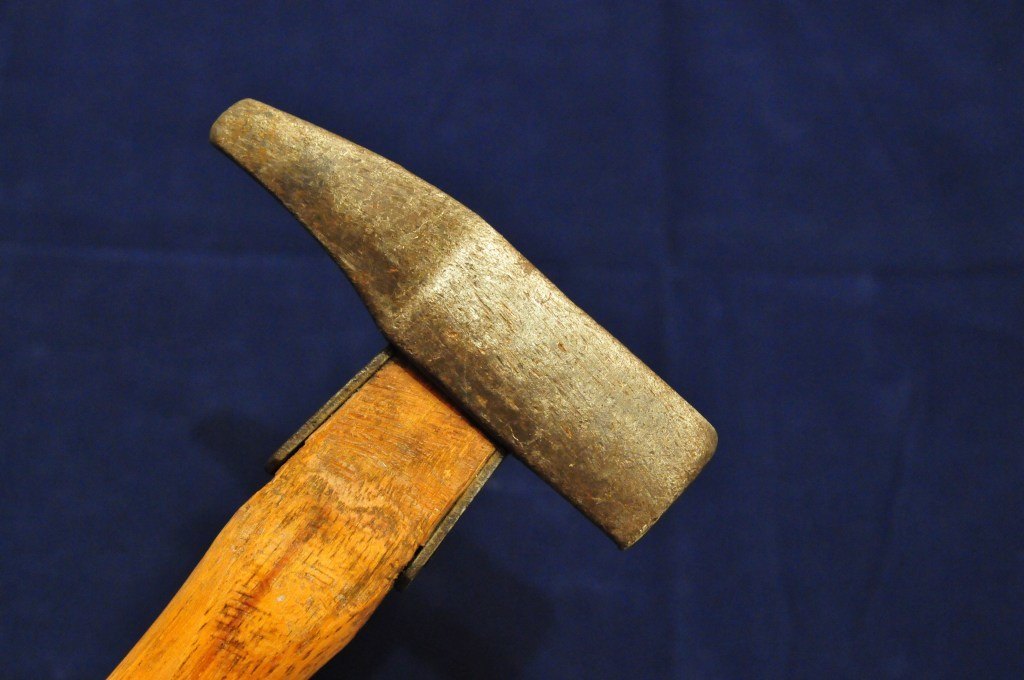
13. Piton Hammer
Have you seen people rock climbing while using a hammer? Well, what they’re using is called Piton Hammer which has a straight pein with a hole used to remove pitons. The hammer’s head comes in anvil style and has a hollow handle which can be heavy or lighter, depends on the intended type of rock climbing.
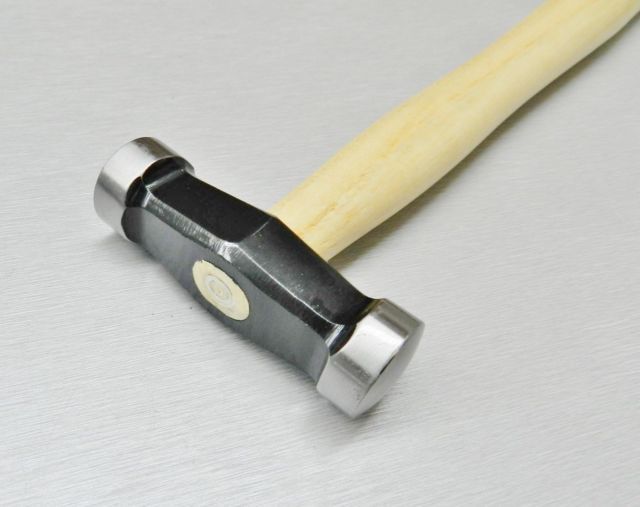
14. Planishing Hammer
This hammer comes in a convex shape head and its other end has a cylindrical die. What’s great about this hammer is that it exert the right amount of force to give shape to the surface of the metal and make it even smoother.
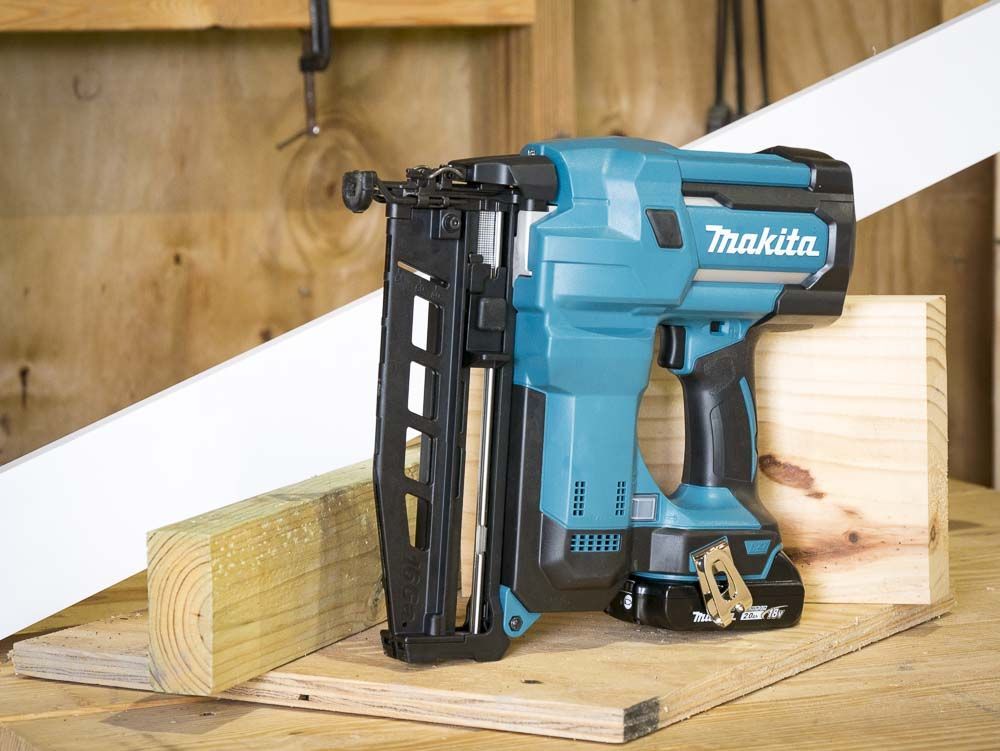
15. Power Hammer
This hammer is also called power nailers since it does the hardwork when it comes to fitting nails, best staple gun, etc. It’s highly recommended to use power hammer whenever you need to fit several nails, like when you’re fixing floorboards, garden decking, etc.
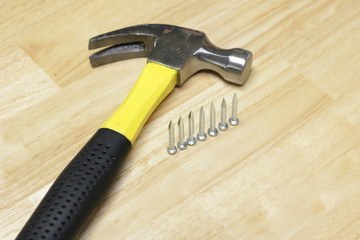
16. Rip Hammer
Rip hammer is normally used for ripping and framing in construction jobs, though it is an all-around utility tool that is capable of performing dozens of tasks. It is flatter compared to a claw hammer and works best in ripping apart the wood that has been nailed together.
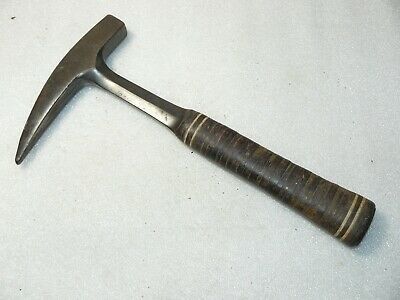
17. Rock Hammer
Rock hammer or pick hammer is a small tool with a flat head and either a pick or chisel on the back. Generally, it’s used by geologist for historical excavation and breaking small rocks. Its chisel can perform various tasks such as splitting soft rock, making small holes and getting rid of vegetation while the pick can split harder stones.
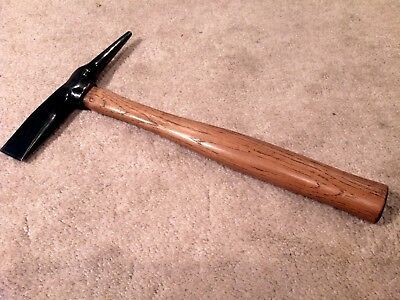
18. Scaling Hammer
Scaling hammer makes sure you will be able to efficiently remove process of coats, corrosion and various accumulated materials on any surface. This hammer also has longer tool shelf-life since its parts were built from steel. In addition to removing materials, it can works best in chipping, caulking, removing of paint and rust as well as scrape-cleaning.
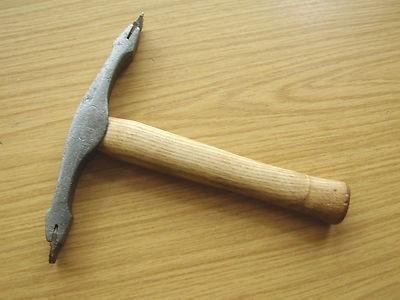
19. Scutch Hammer
If you’re working with bricks or other similar materials that requires a tool that will allow you to easily and precisely cut these materials into half, a Scutch Hammer can do the job. This hammer is equipped with a wedge that often comes with either single or double grooves that will allow to work for much precise cuts and greater control.
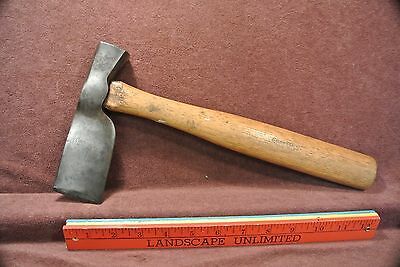
20. Shingle Hammer
Shingle hammer or roofing hammer features a square head, spike and often comes with a small claw on the side of its head that can be used to pull out nails. On the other hand, you can use the spike to put nail holes in shingles and slate, which are mostly too fragile to drive nails through if there’s no existing hole.
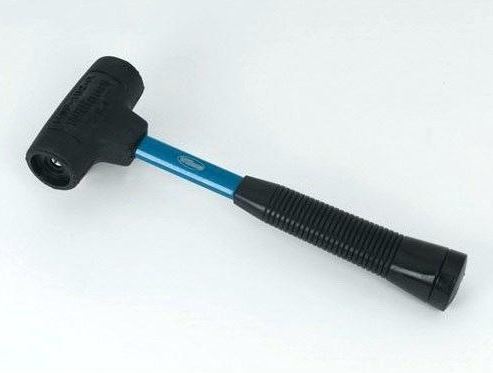
21. Soft-Faced hammer
There are various types of soft-faced hammer, there are some that comes with hard and soft rubber while some comes with plastic or copper faces. Other varieties come with a selection of faces that are interchangeable. The main function of this hammer is to strike materials like chrome wing outs where a steel face can get it damaged.
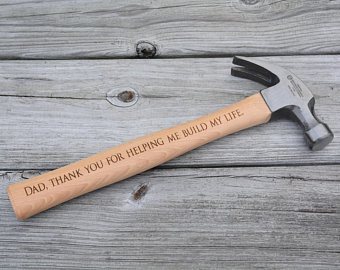
22. Trim Hammer
Unlike your traditional nail or claw hammer, Trim Hammer comes in a nice finish or more delicate finish so it doesn’t leave any mark or indents on the material’s surface. It’s compact and lightweight too, making it more desirable to use.
 Cheap DIY Bed Frames Ideas That You Can Make Money Of
Cheap DIY Bed Frames Ideas That You Can Make Money Of